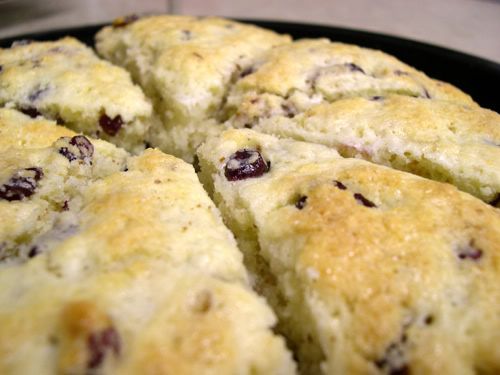
Maybe you remember last December, when I posted about a regional, season market that was held, for one day only, at New York City's abandoned fish market at the South Street Seaport? New Amsterdam Public, the non-profit organization that made Wintermarket a great success, was at it again last weekend!
 I won't go into too much detail here about New Amsterdam Public (read my Wintermarket post for more details), but the gist of their goal is to establish a permanent indoor market for regional, sustainable food in the Seaport's historic New Market Building and its neighbor, the Tin Building, which have been the loci of South Street's four centuries of public markets, and which have stood empty since 2006, when the Fulton Fish Market moved to the Bronx. The buildings are currently publicly owned, but governmental inertia and the conflicting interests of Pier 17's contracted developer have created complex politics around the goal of retaining those buildings as a public market. Since popular interest drives many decisions regarding public property and services, New Amsterdam has facilitated and hosted three one-day regional food markets as awareness-raising events. The most recent one was last Sunday, and it attracted over sixty vendors and around 7,000 visitors, who strolled through the stalls tasting exquisite cheeses, artisanal breads, glorious summer produce, and jams, pastas, ice creams and honey from all over the region.
I won't go into too much detail here about New Amsterdam Public (read my Wintermarket post for more details), but the gist of their goal is to establish a permanent indoor market for regional, sustainable food in the Seaport's historic New Market Building and its neighbor, the Tin Building, which have been the loci of South Street's four centuries of public markets, and which have stood empty since 2006, when the Fulton Fish Market moved to the Bronx. The buildings are currently publicly owned, but governmental inertia and the conflicting interests of Pier 17's contracted developer have created complex politics around the goal of retaining those buildings as a public market. Since popular interest drives many decisions regarding public property and services, New Amsterdam has facilitated and hosted three one-day regional food markets as awareness-raising events. The most recent one was last Sunday, and it attracted over sixty vendors and around 7,000 visitors, who strolled through the stalls tasting exquisite cheeses, artisanal breads, glorious summer produce, and jams, pastas, ice creams and honey from all over the region.

Just about everyone covered this event, but I wanted to share a few words on my experience there as a volunteer. My dear friend Annie, who authors the eloquent blog Thoughts on the Table, works for New Amsterdam and coordinated the volunteers; on Sunday morning I found her scrabbling between booths, distributing smocks and organizing enthusiastic. She handed me an apron and directed me to Rick and Helen of Meadowcreek Diary, who were vending a stunning variety of North American raw-milk cheeses. Not strictly local fare, these exceptional cheeses were, I learned, on tour in New York for evaluation for Slow Food's Ark of Taste; the cheese were were selling were what remained of the winners of the Raw Cheese Presidium tasting. I spent a few hours slicing samples and learning to talk cheese - all while nibbling surreptitious bits of Twig Farm Tomme and Rogue River Smokey Blue.
We sold a great deal of cheese, and customers were uniformly happy to be there, excited about local food. Many were amazingly knowledgeable about cheese - what a different experience from your average supermarket, where shoppers pick foods inside cardboard boxes and cashiers can scan a vegetable without even knowing what it is. Across New Amsterdam Market, customers asked complex questions about cultures, pesticides, ingredients, and recommendations for eating, and the vendors knew all the answers and could even speak for the sustainable practices of the growers and producers.
 Before I left, I had a few minutes to tour the market myself, tasting and observing community happen - among visitors, among producers, and between producers and consumers. The only thing that makes me happier than food as community is the absolute genius sweet basil and goat cheese ice cream I tried.
Before I left, I had a few minutes to tour the market myself, tasting and observing community happen - among visitors, among producers, and between producers and consumers. The only thing that makes me happier than food as community is the absolute genius sweet basil and goat cheese ice cream I tried.Just as I was leaving, the sky blackened and a Seaport-worthy summer monsoon doused the city with fierce buckets. Under cover of the overpass, the market remained mostly dry, and shoppers huddled together and laughed at their flooded feet.














































